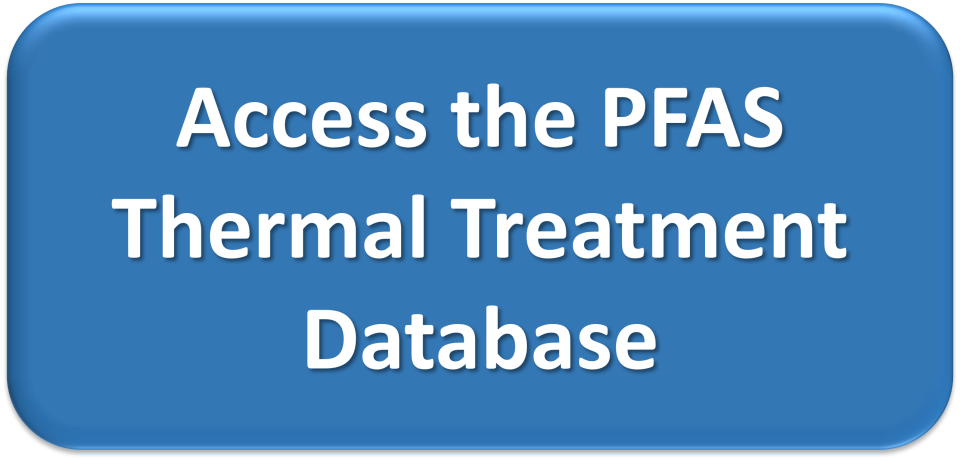PFAS Thermal Treatment Database (PFASTT)
Information on thermal treatment processes for controlling per- and polyfluorinated alkyl substances (PFAS)
EPA's PFAS Thermal Treatment Database (PFASTT) is an easy-to-use tool that provides referenced information on the use of thermal treatment processes for the remediation of PFAS in various media. It was designed for use by utilities; federal, state and local agencies; scientific researchers; and others interested in the thermal treatment of PFAS.
Information is now available for 70 publications involving thermal treatment of 58 different per- and polyfluoroalkyl substances (PFAS).
Access the database by clicking the button to the right. The direct URL for the database is: https://pfastt.epa.gov/
Overview and Search Capabilities
Treatment and contaminants information in the PFASTT is gathered from literature sources focused on bench-, pilot-, and full-scale studies of thermal treatment of PFAS-laden media.
The literature comes from peer-reviewed journals and conferences, other conferences and symposia, research reports, theses, and dissertations. Costs are not presented.
Contaminants: The PFASTT includes 58 different PFAS compounds.
Treatment Processes: The PFASTT currently includes 12 thermal treatment processes, including both commonly-employed and innovative technologies. Critical information regarding the thermal treatment process is provided and includes matrix, temperature, residence time, and treatment effectiveness.
Applications
The PFASTT provides referenced information on the use of thermal treatment process for the remediation of PFAS in various media and may be used to support a variety of applications. Example applications include (but are not limited to):
- Identify effective PFAS treatment processes
- Plan for future treatment plant upgrades
- Recognize research needs
- Complement literature reviews and literature searches
Platform and Compatibility
The PFASTT is available as a web-based application that requires an internet connection. The web-based app can be accessed on desktop devices and mobile devices, such as smartphones and tablets, and is compatible with all operating systems.
Future Updates and Support
EPA intends to regularly review, update and expand the information in the PFASTT. We appreciate feedback for upgrades to the PFASTT, including compounds and processes you would like to see added.
For questions, comments, or suggestions, contact us at PFASTT@epa.gov.

